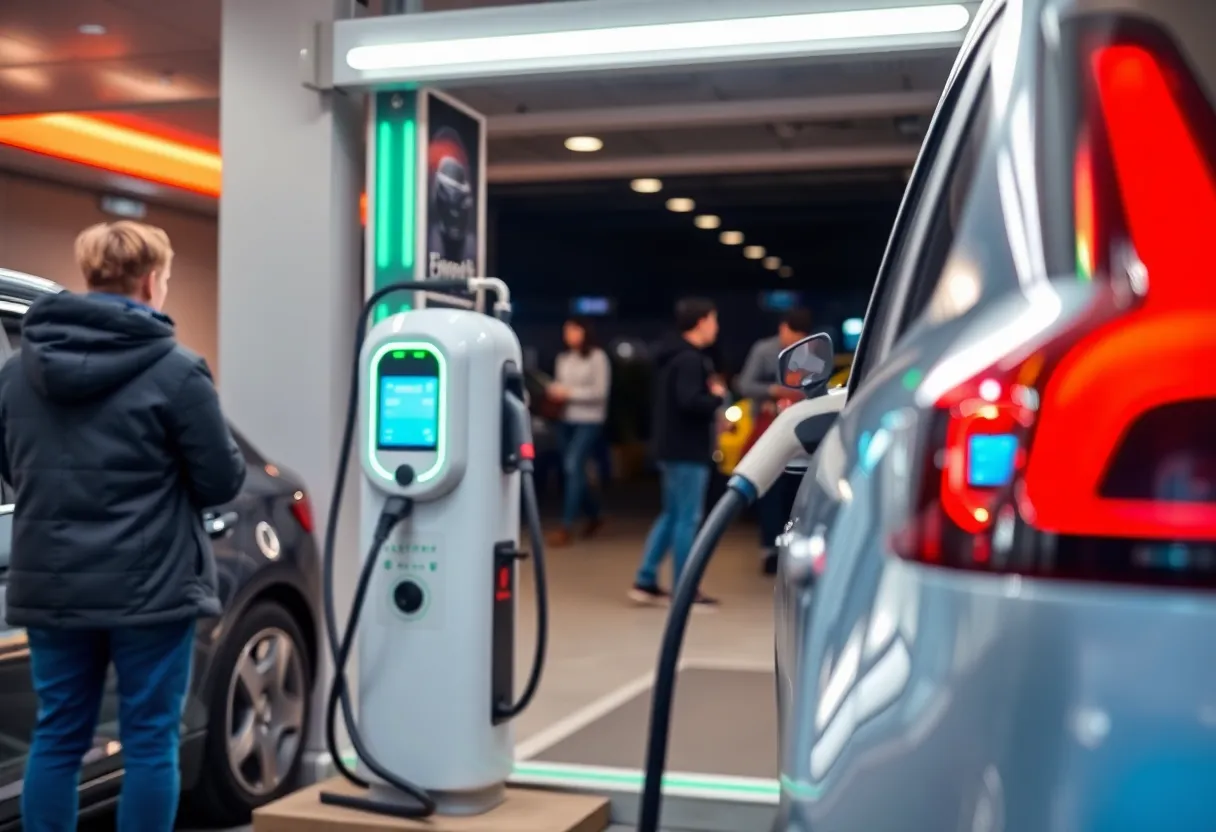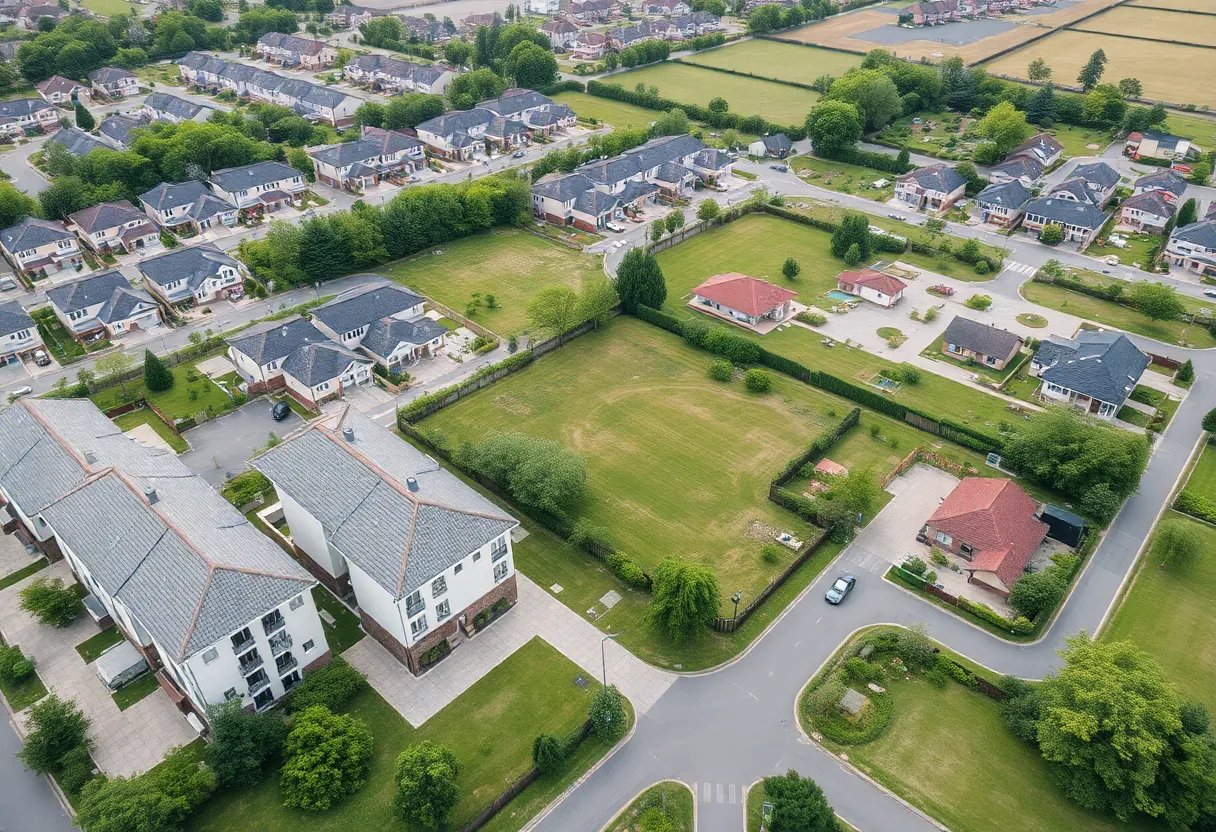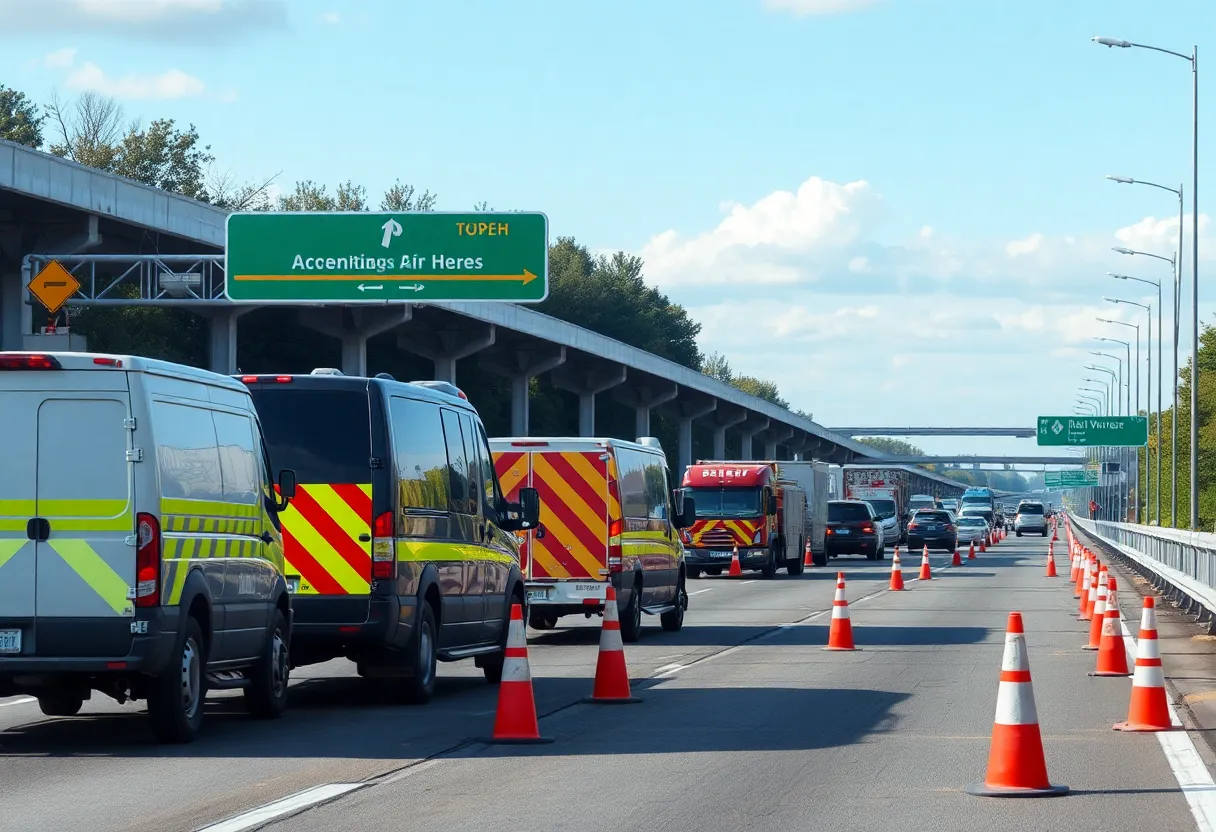California, August 19, 2025
News Summary
California has officially initiated the Fast Charge California Project, a $55 million program aimed at expanding fast charging infrastructure for electric vehicles across the state. This initiative focuses on funding installation at strategic locations, prioritizing underserved communities and enhancing accessibility to EV charging facilities. With the state’s commitment to sustainable transport and additional federal support, the program is set to accelerate electric vehicle adoption and tackle charging accessibility concerns, offering up to $100,000 in incentives per charging port.
California has officially launched the Fast Charge California Project, a significant initiative backed by a $55 million funding program aimed at enhancing the availability of fast chargers for electric vehicles (EVs) throughout the state. This project is part of the broader California Electric Vehicle Infrastructure Project (CALeVIP), which stands as the largest EV charging incentive scheme in the United States.
The Fast Charge California Project specifically targets strategic locations for charging stations, such as convenience stores, gas stations, shopping centers, and public parking lots. Participating sites are eligible to receive incentives of up to $100,000 per charging port, depending on the charger output level. Priority for funding will be extended to tribal areas and disadvantaged or low-income communities, reflecting a commitment to equitable access to electric vehicle services.
This initiative emerges in response to mounting concerns from drivers about the accessibility of convenient EV charging locations, which has been identified as a crucial barrier to the widespread adoption of electric vehicles. To address these concerns, the funding for the Fast Charge California Project derives from California’s Clean Transportation Program, which was established in 2016 and extended in 2024, alongside support from the state’s smog abatement fee. Additionally, further financial backing comes from California’s Greenhouse Gas Reduction Fund, which is funded by revenues generated from the state’s cap-and-trade program, where major emissions-producing industries are required to purchase carbon permits.
To date, California policymakers have allocated over $10 billion to bolster zero-emission vehicle adoption and the associated infrastructure needed to support this transition. Since its inception in 2017, CALeVIP has facilitated the development of nearly 10,000 EV chargers across various locations in California. Governor Gavin Newsom’s 2020 executive order, which aims to phase out the sale of new gasoline-powered cars, SUVs, and light trucks by 2035, further underscores the state’s commitment to a sustainable future.
The Fast Charge California Project also aligns with a concurrent federal $5 billion initiative for EV infrastructure charging, which previously faced setbacks due to funding halts under the previous administration. Notably, the Fast Charge California Project marks the state’s first comprehensive effort to fund the total cost of charger installation, a strategic move designed to catalyze the development of EV infrastructure across the region.
Eligible projects for this incentivized funding must be categorized as “shovel-ready,” meaning they should have the capability to become operational within six months of receiving approval. This agility is critical in prioritizing underserved communities and high-traffic locations to alleviate common ‘charging anxiety,’ especially in rural and economically disadvantaged areas.
Sales of electric vehicles in California surged by 25% during the first half of 2025, largely driven by the introduction of new models from manufacturers including Tesla and Ford. While this momentum is encouraging, it does face challenges such as potential supply chain disruptions and concerns regarding grid capacity to support an influx of new charging stations. At least 50% of the funding from the Fast Charge California Project will be reserved specifically for projects benefiting disadvantaged communities.
The program encourages the deployment of high-powered chargers capable of delivering 150 kilowatts or more, significantly reducing the time required for EV charging. Applications for the Fast Charge California Project’s incentives are open until October 29, 2025, providing ample opportunity for a variety of sites to apply for enhancements to their EV charging accessibility.
As a result of ongoing investments in electric vehicle infrastructure, California is poised to continue leading the way in sustainable transportation solutions, with this latest initiative further solidifying its position as a pioneer in the EV sector.
Frequently Asked Questions
What is the Fast Charge California Project?
The Fast Charge California Project is a $55 million initiative aimed at expanding the installation of fast electric vehicle chargers at various public and commercial places throughout California.
Who manages the Fast Charge California Project?
The program is administered by the Center for Sustainable Energy and is part of the broader California Electric Vehicle Infrastructure Project (CALeVIP).
How much funding is available per charging port?
Participating sites can receive up to $100,000 in incentives per charging port, depending on the output level of the charger.
What types of locations are eligible for the program?
Eligible locations include convenience stores, gas stations, shopping centers, and public parking areas, particularly in underserved communities.
What is the application deadline for the program?
Applications for the Fast Charge California incentives will be open until October 29, 2025.
Key Features of the Fast Charge California Project
| Feature | Details |
|---|---|
| Funding Amount | $55 million |
| Incentive per Charger | Up to $100,000 |
| Eligible Locations | Convenience stores, gas stations, shopping centers, public parking |
| Priority Areas | Tribal areas, disadvantaged communities |
| Program Deadline | October 29, 2025 |
Deeper Dive: News & Info About This Topic
- CBT News
- Wikipedia: Electric Vehicle Infrastructure
- Automotive Dive
- Google Search: EV charging incentives
- NBC San Diego
- Google Scholar: California EV charging program
- GovTech
- Encyclopedia Britannica: Electric Vehicles
- EV Charging Stations
- Google News: California Fast Charge Project

Author: STAFF HERE COSTA MESA WRITER
The COSTA MESA STAFF WRITER represents the experienced team at HERECostaMesa.com, your go-to source for actionable local news and information in Costa Mesa, Orange County, and beyond. Specializing in "news you can use," we cover essential topics like product reviews for personal and business needs, local business directories, politics, real estate trends, neighborhood insights, and state news affecting the area—with deep expertise drawn from years of dedicated reporting and strong community input, including local press releases and business updates. We deliver top reporting on high-value events such as the OC Fair, Concerts in the Park, and Fish Fry. Our coverage extends to key organizations like the Costa Mesa Chamber of Commerce and Boys & Girls Clubs of Central Orange Coast, plus leading businesses in retail, fashion, and technology that power the local economy such as Vans, Experian, and South Coast Plaza. As part of the broader HERE network, including HEREAnaheim.com, HEREBeverlyHills.com, HERECoronado.com, HEREHollywood.com, HEREHuntingtonBeach.com, HERELongBeach.com, HERELosAngeles.com, HEREMissionViejo.com, HERESanDiego.com, and HERESantaAna.com, we provide comprehensive, credible insights into California's dynamic landscape.





